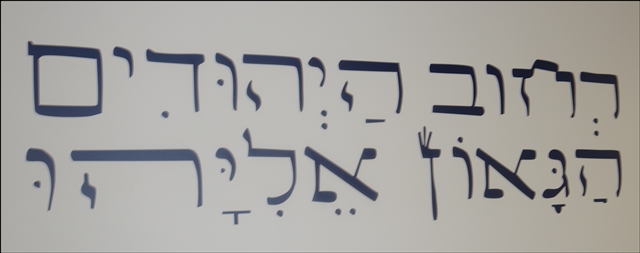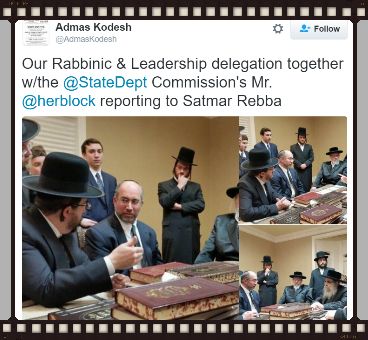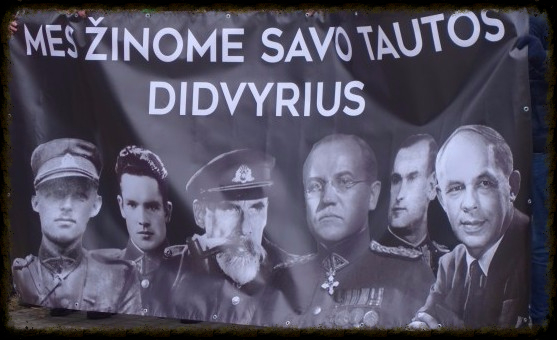◊
◊
This paper appeared this month as: Dovid Katz, “The Yiddish Conundrum: A Cautionary Tale for Language Revivalism” in: G. Hogan-Brun and B. O’Rourke (eds), The Palgrave Handbook of Minority Languages and Communities (Palgrave Macmillan: London 2019), pp. 553-587.
◊
For those who cherish the goal of preserving small, endangered languages, some developments (and lessons) from the case of Yiddish might be illuminating, though not in the sense of some straightforward measure of ‘success’ or ‘failure’. There is no consensus on the interpretation of the current curious — and contentious — situation. If the issues raised might serve as a point of departure for debate on its implications for other languages, particularly the potential damage from exaggeratedly purist ‘corpus planning movements’ as well as potentially associated ‘linguistic disrespect’ toward the majority of the living speakers of the ‘language to be saved’, then this paper’s modest goal will have been realized. Moreover, the perils of a sociolinguistic theory overapplied by a coterie with access to funding, infrastructure and public relations need to be studied.[1]
Ultimately, the backdrop for study of the current situation is the pre-Holocaust status quo ante of a population of Yiddish speakers for which estimates have been in the range of ten to thirteen million native speakers.[2]
Nowadays, on the one hand, millions of dollars a year are spent on ‘saving Yiddish’ among ‘modern Jews’ (secular and ‘modern religious’), interested non-Jews. People may be academically, culturally, literarily, musically, sentimentally, ideologically, and otherwise attracted. The number of Yiddish speaking families these efforts have generated is in dispute, but it is under a dozen. A high proportion of those hail from a postwar movement of normativist language revision, on the Ausbau model of Heinz Kloss. This conscious process has taken their variety ever further from native Yiddish speech of any naturally occurring variety while retaining a steadfast, profound commitment to actually using the language in daily life. Lavish subsidies provide for a newspaper, magazines, myriad programs and a few large architectural edifices dedicated, one way or another, to ‘saving Yiddish’. In academia, endowments have provided a number of positions that are ironically known in the field as ‘poetry fellowships’ in so far as their incumbents may try to be ‘Yiddish writers’ while under no pressure to produce successful doctoral programs that would be generating new generations of scholar specialists who can themselves write and teach in the language (say for advanced courses). In the case of some Yiddish chairs, the elderly East European born donor ‘had the chutzpah to go ahead and die’, leaving his or her children amenable to a program’s ‘rapid enhancement’ via conversion from the low-student-number (‘failing’) Yiddish to the ‘higher student takeup’ (‘winning’) menu of ‘Judaic Studies’ or ‘comparative Jewish literature’ courses.[3] Much of the current ‘language movement’ is focused on ‘Yiddish products’ in English (and other national languages) about Yiddish that have engendered fundraising campaigns for buildings and centers, without seriously attempting to produce new speakers, let alone writers. This has been made possible by what I have called massive American-style PR driven ‘delinguification’ of Yiddish (Katz, 2015: 279-290). The satire, ‘A conference of Yiddish savers’ by Miriam Hoffman, the last major actual Yiddish author born in Eastern Europe before the war, now based in Coral Springs, Florida, continues to delight readers from all sides of the argument (Hoffman 1994). Note that none of this is to suggest that any of these efforts are ‘wasted’.




